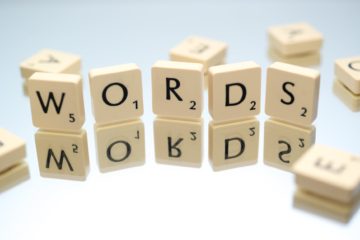Get your Lowest Selling Items off the Shelves
Relationships and patterns exist in just about everything we do.
Even when we think some things are seemingly random we can look back with some perspective and determine there was/is a pattern to the chaos we once saw.
What is Market Basket Analysis?
Shopping is a good example of chaos turned to patterns. Buying specific items and putting them into your basket (or buggie, depending on where you’re from) can seem random person to person.
Some items might go together: salt & pepper, bath soap & towels, or even milk & cereal. But that’s where the correlations stop, right?
Not exactly.
If we were to look at purchases over a long period of time, we’d begin to see patterns form in what products are bought.
This is Market Basket Analysis.
How is it helpful?
First, understanding what items are bought by customers is helpful so you can provide more of those things.
Second, if there are items which sell only occasionally, you can see what other products, if any, people are also putting in their baskets.
Third, once you know what other products are bought with under-selling products, you can start recommending those low-selling products to customers.
Have you ever shopped for something online and seen the phrase “Other People Also Bought:”, this is Market Basket Analysis telling you correlations between items.
Making It Visual
I helped a local department store with this. We looked at all transactions for the past quarter.
Below is a relationship chart between products.
For them, they wanted to sell more of their ‘Jumbo Bag Red RetroSpot’. It wasn’t selling well and they weren’t sure why.
We found when it was bought, customers also always bought either the ‘Jumbo Bag Pink Polkadot’, ‘Jumbo Storage Bag Suki’, or their ‘Jumbo Shopper Vintage Red Paisley’. So we suggested they recommend to customers the ‘Red RetroSpot’ whenever the above were also sold.
Likewise, we also found relationships in their lunch bags. They were only related to one another and in order to sell more of the black, they had to sell red. But in order to sell the red, they also had to first sell the pink.
Other Applications
Market Basket Analysis isn’t just limited to department stores or the traditional shopping cart. It can be applied to any transaction based system where customers buy more than 1 item.
- Travel Agency’s- where customers buy add-on experiences
- Pest Control Services- encouraging sales of lesser used services
- Arcade layout- positioning specific games based on popularity and usage
- Doughnut Sales- suggesting a less ordered flavor when a more popular one is ordered
- Insurance Sales- Offering specific riders based on base class insurance chosen
The list goes on…

How could a Market Basket Analysis help you?
Contact me or set up a 15min. call


